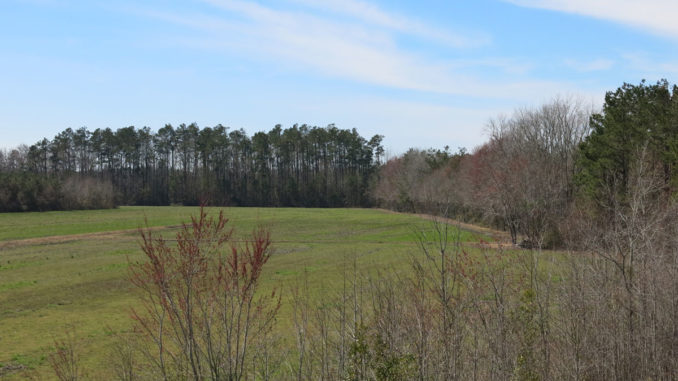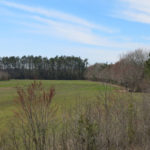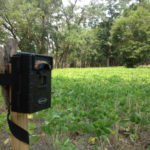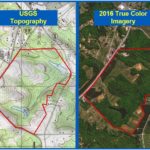
If you get permission to hunt a piece of land on the eve of deer season, don’t fret; there are ways a hunter can get up and running late in the game.
Bagging a trophy buck in the thick, Carolina woodlands is similar to getting accepted at Harvard Business School. The probabilities are low, for sure. Big bucks don’t come easy anywhere, but a few dedicated hunters in the Carolinas take their share of truly remarkable deer every year.
The overwhelming majority of these successful hunters prepare their land effectively and position themselves with precision to make these trophy buck-to-hunter encounters possible. But hunters don’t always get six months of advanced notice to get their ducks in a row. Some don’t get permission to hunt a property until the eve of opening day, a last-minute lease, so to speak. That situation can create a really exceptional opportunity, but it also forces hunters to make careful, strategic decisions.
Patrick Williams of Belews Creek, N.C., thinks getting an option to hunt a new property at the last minute, especially one that hasn’t been hunted in a while, is a golden opportunity.
“You might kill a giant on the first day you hunt because the deer aren’t expecting you to be there,” Williams said. “Mature bucks get big from being smart, and properties that haven’t been disturbed much may be harboring a giant.”
Williams knows big bucks. In 2015, he killed a 22-point giant that netted 1957/8 points, non-typical, and qualified for the Boone and Crockett Club’s all-time record book. He has killed several other bucks near his home that have exceeded 150 inches. He said careful attention to detail and leaving a gentle footprint on the land are critical to slipping into a trophy buck’s lair undetected.
“The first step to killing a big deer on any tract is scent control while hunting or scouting and it is almost more important on new tracts because deer aren’t accustomed to any level of human scent,” he said.
Rubber boots, unscented shampoos and laundry detergents are the norm for Williams during deer season.
“Scent control is super important, which is why I will never scout a property unless it is a wet, rainy day,” said Williams, who uses aerial photos and too maps to familiarize himself with a piece of property before ever setting foot on it.
“A good map can tell you a lot about the property before ever entering the woods, because putting boots on the ground can hurt your hunting,” he said.
Williams unravels the land’s special features, including: timber type changes, water and anything that will create pinch points or reveal major travel corridors between bedding and major food sources.
After reviewing the maps thoroughly, Williams waits for a rainy day and briefly slips in to verify travel corridors, locate fresh sign, find heavily used trails, and hopefully pinpoint where his next wall hanger will make his final steps.
“The first places I start are at the back corners of agriculture fields or the closest pinch point between their feeding and bedding areas. Field edges are a favorite,” he said.
A light footprint is critical for last-minute leases. You’d love to prepare food plots, carve out shooting lanes and establish travel trails across a property, but when you acquire a lease late in the game, keeping human interaction to a minimum is important to keep mature bucks around. Any significant, on-the-ground preparations need to wait until after the season is over to avoid disappointment. On heavily hunted properties, deer are accustomed to detecting and tolerating a moderate level of human activity, but not on new properties that haven’t been hunted.
Williams will rarely erect permanent stands anywhere he’s hunting, often bringing in a portable, climbing stand or a pop-up ground blind on a day when he hopes to meet a big buck.
“I don’t hang stands on a new property unless I am planning on hunting that day,” said Williams, who focuses on rubs, heavy tracks and well-used trails but won’t turn his back on setting up a few remote-access trail cameras.
Ethan Moore, a veteran hunter from Randolph County, N.C., said trail cameras are the cat’s meow for tipping off hunters to a big buck’s presence, but they must be used strategically to get the best results.
“On a new property, I would run cameras on natural travel corridors, creek crossings, and on established food sources,” he said. “If the property hasn’t been altered much with bait, don’t do it this late in the game.”
Even though deer will gravitate to sweet-tasting corn, big, mature bucks may not always fall for that plan. The extra disturbance may run off the few big bucks that are using the area long before hunters get to spend the first hour in the tree stand.
“Don’t change much at all on a new property. But if you get a giant on camera, set up a stand on it the next day, and hunt it,” says Moore.







Be the first to comment